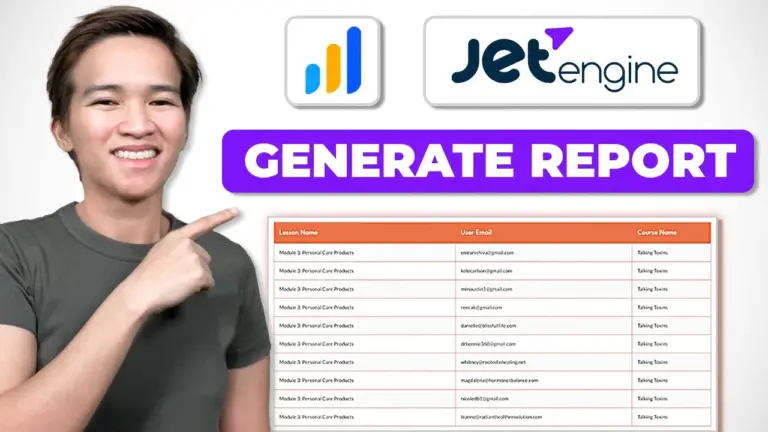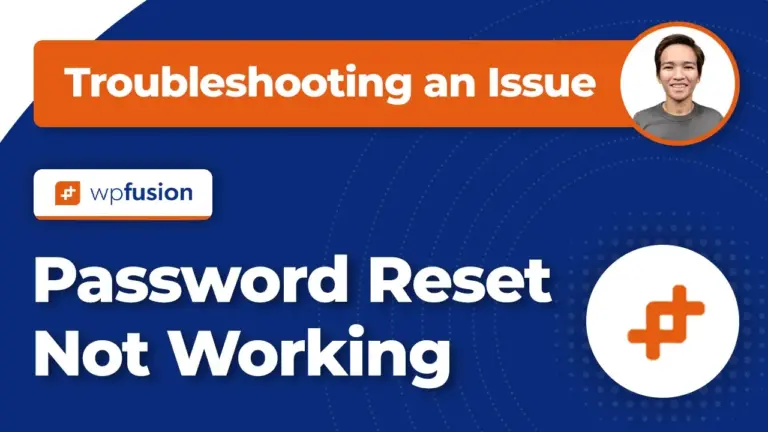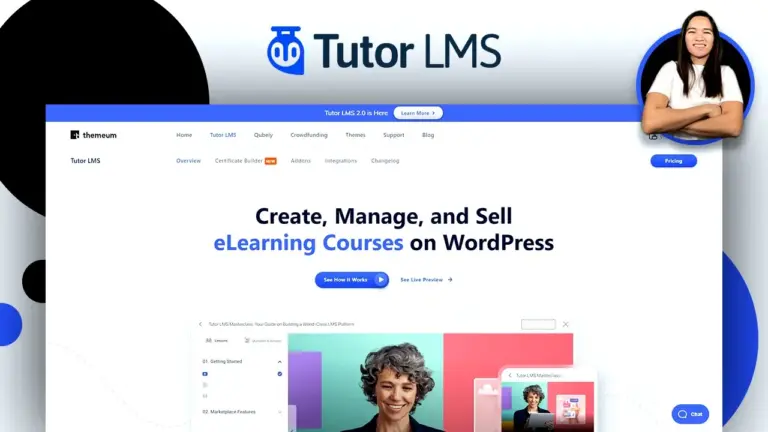Hi, I’m Danica, a web developer specializing in building LMS (Learning Management System) websites. If you’re looking to create and sell your own online programs, you’re in the right place! In this post, I’ll walk you through what an LMS is, some of the top platforms available, and my personal insights to help you choose the right tool—whether you’re just starting out or ready to scale.
What Is an LMS?
Let’s start with the basics.
LMS stands for Learning Management System. It’s a digital platform designed to manage all aspects of online learning, including course creation, content delivery, learner tracking, and more. Whether you’re building a training program for your team or launching your own online course business, an LMS helps you organize and deliver that content effectively.
In simple terms, an LMS is the backbone of your online program—a tool that allows you to set up, manage, and sell your courses in one place.
LMS Platforms: WordPress vs. Hosted Solutions
1. WordPress LMS (My Specialty)
About 70% of the projects I work on involve building LMS sites on WordPress. This approach is perfect for those who want full control and customization over their course flow and user experience.
Some of the tools I frequently use with WordPress include:
- Memberium (ideal if you use Keap or ActiveCampaign for email automation)
- LearnDash and AccessAlly (popular LMS plugins)
- BuddyBoss (great for community features)
- Tutor LMS and LearnPress (free plugins for getting started)
Pros of WordPress LMS:
- Full control over course structure and user experience
- Extensive customization with plugins and custom code
- Ideal for integrating with marketing tools like Keap, ActiveCampaign, Stripe, and more
- Scalable for both simple and advanced course needs
Cons:
- Requires more setup and technical know-how
- You’re responsible for hosting, security, and maintenance
- Some plugins and features may have a learning curve
My take: If you already have a specific workflow or user journey in mind for your students—or if you want to grow and customize over time—WordPress is a fantastic option.
2. Teachable
If you’re looking for a quick and easy way to launch your course, Teachable is a great option.
- Pricing: Starts at $0/month with basic features (they take a small cut per transaction), or $39/month for more advanced features.
- Offers a free plan to test things out
- Built-in tools for course creation, payments, and student management
Pros:
- Super easy setup—ideal for beginners
- Hosted for you (no need to worry about servers or plugins)
- Clean, organized backend for course management
Cons:
- Limited customization
- Must use their tools and structure—less flexibility than WordPress
Great for: New course creators who want to get started quickly without diving into WordPress.
3. Thinkific
Thinkific is quite similar to Teachable, offering an intuitive, user-friendly experience.
- Pricing: Also starts at $39/month, with a free version available
- Features: Course creation tools, student analytics, and more
Pros:
- Easy to use
- Flexible pricing
- Reliable for small to medium-sized course creators
Cons:
- Like Teachable, customization is limited to what their platform allows
Best for: Those who want a no-fuss platform that works out of the box.
4. Kajabi
Kajabi is a premium all-in-one platform for course creators that also includes marketing tools like email automation, landing pages, and sales funnels.
- Pricing: Starts at $149/month—no free plan, but they offer a 14-day free trial
- Focuses on being an all-in-one solution
Pros:
- Combines course hosting with robust marketing tools
- Clean, user-friendly interface
- Excellent support and community
Cons:
- More expensive than Teachable and Thinkific
- Less flexible than WordPress for custom workflows
Good for: Established course creators ready to invest in an all-in-one platform.
Hosted Platforms vs. WordPress: Which One’s Right for You?
| Feature | WordPress LMS | Teachable / Thinkific | Kajabi |
|---|---|---|---|
| Customization | High – Full control | Low – Limited to platform rules | Medium – Some customization |
| Ease of Use | Moderate – Tech skills required | High – Beginner-friendly | High – All-in-one, polished UI |
| Cost | Variable – Can start free | Affordable – Free to $39/month | Premium – Starts at $149/month |
| Hosting | Self-hosted | Hosted for you | Hosted for you |
| Scalability | High – Grows with your needs | Medium – May outgrow features | High – Built for growth |
Final Thoughts
If you’re just starting out and want a quick launch, I highly recommend Teachable or Thinkific—both are affordable, beginner-friendly, and allow you to test your program idea without heavy investment.
If you’re ready to customize your course experience or already have tools like Keap, ActiveCampaign, or Stripe in place, consider going the WordPress route. It offers more flexibility and long-term control over your online program.
Tools & Plugins that used
- WordPress LMS
- Teachable
- Thinkific
- Kajabi





